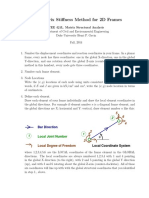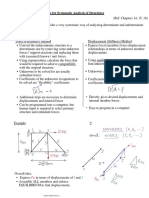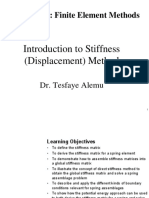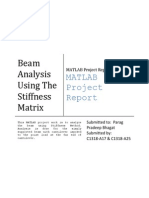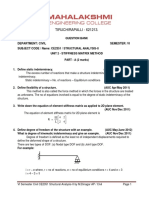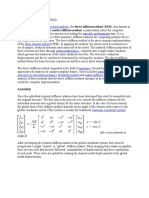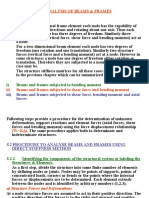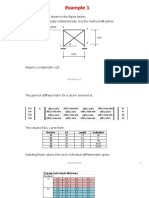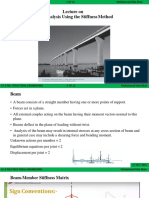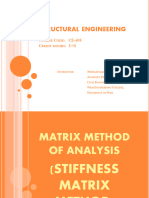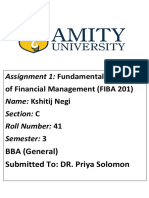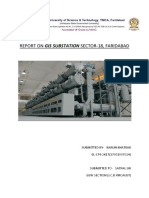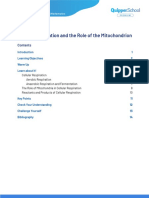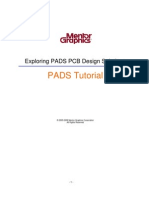0% found this document useful (0 votes)
20 views47 pagesLec 8
The document discusses the stiffness matrix method for analyzing structural stability, particularly focusing on frame buckling and the eigenvalue problem. It outlines the process of forming element stiffness matrices, synthesizing a global stiffness matrix, and determining structure deflections and element forces. Additionally, it covers the critical load for axially loaded members and the relationship between loads and deformations in the presence of axial loading.
Uploaded by
MAVIC MINI AERIAL ADVENTURERCopyright
© © All Rights Reserved
We take content rights seriously. If you suspect this is your content, claim it here.
Available Formats
Download as PDF, TXT or read online on Scribd
0% found this document useful (0 votes)
20 views47 pagesLec 8
The document discusses the stiffness matrix method for analyzing structural stability, particularly focusing on frame buckling and the eigenvalue problem. It outlines the process of forming element stiffness matrices, synthesizing a global stiffness matrix, and determining structure deflections and element forces. Additionally, it covers the critical load for axially loaded members and the relationship between loads and deformations in the presence of axial loading.
Uploaded by
MAVIC MINI AERIAL ADVENTURERCopyright
© © All Rights Reserved
We take content rights seriously. If you suspect this is your content, claim it here.
Available Formats
Download as PDF, TXT or read online on Scribd
/ 47
